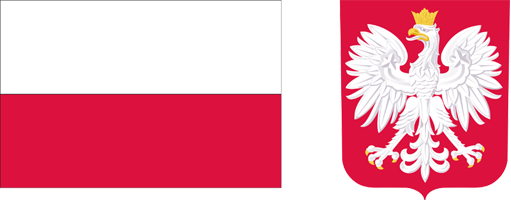Current issue
Archive
About the Journal
Aims and Scope
Advisory Board
Members of the Editorial Board
List of reviewers
Publishing process
Publishing Ethics and Malpractice Statement
Personal data protection (GDPR)
Creative Commons License
CrossRef Member / Similarity Check
For Authors
Guidelines for authors
Submitting a manuscript through the editorial system – step by step
For Reviewers
Peer review process
Guidelines for reviewers
Submitting a review – step by step
Contact
RESEARCH PAPER
PLACE AND ROLE OF LARGE-SCALE FARMS IN POLISH AGRICULTURE
1
Institute of Agricultural and Food Economics National Research Institute
Submission date: 2024-04-04
Final review date: 2024-05-05
Acceptance date: 2024-11-28
Publication date: 2024-12-23
Zagadnienia Ekonomiki Rolnej / Problems of Agricultural Economics 2024;381(4):1-22
KEYWORDS
JEL CLASSIFICATION CODES
Q10
Q12
Q14
Q15
TOPICS
ABSTRACT
The main aim of this study is to assess changes in the structure of farms in Poland after the political
and economic transformations initiated in 1989. Changes in the structure of farms and their areas
will be presented against the background of selected European Union (EU) countries. The following
EU-15 countries were selected: Austria, Belgium, the Netherlands, Finland, France, Ireland, Germany,
Sweden, and the United Kingdom. Of the countries that joined the EU in 2004, the selected nations
were Czechia, Lithuania, Slovakia, and Hungary, and in 2007, Bulgaria and Romania. In analyzing
changes in the structure of farms in Poland, special attention was paid to the place and role of largescale
farms. The sources of research materials were statistical data and literature. The comparative
method was used in the analysis of research materials. The faster rate of increase in labor costs in
the national economy and the prices of inputs for agriculture compared to the selling prices of agricultural
products caused a decline in the unit profitability of agricultural production. In this situation,
farmers reacted defensively by increasing the scale of production, mainly by expanding farm
areas, which led to the creation of large-scale enterprises of 100 hectares or more of agricultural
land. In Poland, a factor conducive to the creation of such units was the ownership transformation of
state-owned farms (PGRs) caused by the political and economic changes in 1989. The current policy
towards large-scale enterprises leasing State Treasury land threatens their functioning. Restricting
the development possibilities of this group of enterprises is not conducive to improving the structure
of farms. It threatens to reduce production and may also cause social unrest because these enterprises
are significant employers in rural areas.
Share
RELATED ARTICLE
We process personal data collected when visiting the website. The function of obtaining information about users and their behavior is carried out by voluntarily entered information in forms and saving cookies in end devices. Data, including cookies, are used to provide services, improve the user experience and to analyze the traffic in accordance with the Privacy policy. Data are also collected and processed by Google Analytics tool (more).
You can change cookies settings in your browser. Restricted use of cookies in the browser configuration may affect some functionalities of the website.
You can change cookies settings in your browser. Restricted use of cookies in the browser configuration may affect some functionalities of the website.




